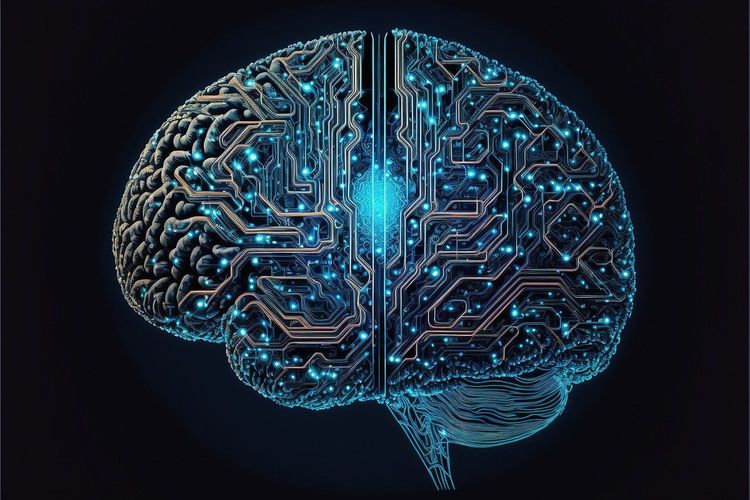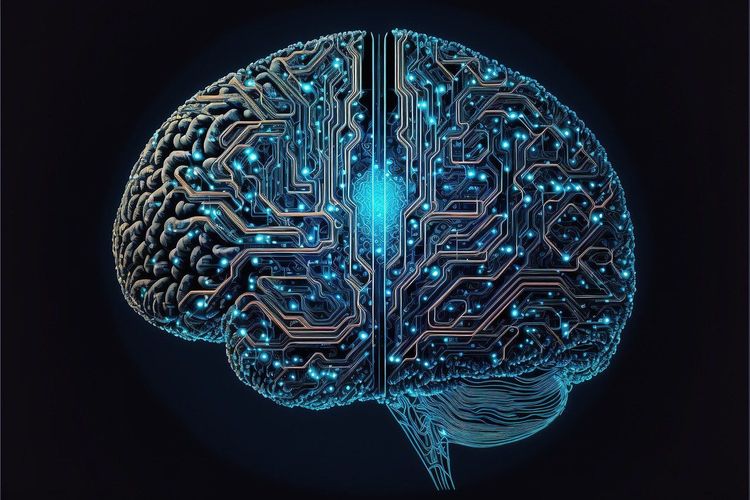Christyl Johnson, deputy director for technology and research investments at NASA's Goddard Space Flight Center, recently highlighted the pivotal roles of artificial intelligence (AI), robotics, and 3D printing in establishing human sustainability on Mars. Speaking at the AI Summit in London, Johnson invited attendees to imagine life on the Red Planet by the year 2100, emphasizing the technological innovations necessary for such an endeavor.
“In 2100, we will have cities on other planetary bodies,” Johnson asserted, underscoring the need for effective techniques to produce essentials like oxygen, water, and energy at a large scale. She explained that mastering AI capabilities is crucial for real-time data analysis and systems optimization necessary for plant and predictive maintenance. “We need to get it right here on Earth first, and then we can extend that knowledge to other planetary worlds,” she said.
The challenges posed by Mars—its inhospitable environment, rocky terrain, and extreme temperatures—are substantial, yet NASA aims to send a manned mission to the planet within the next decade. Plans also include establishing permanent habitats to support human life.
To navigate Mars, Johnson discussed the promising use of swarms of intelligent robots outfitted with computer vision cameras. These robots would be instrumental in exploring lava tubes to locate ice, which could be purified for drinking water. The data collected by these robots could be sent back to Earth, enriching classrooms with real-time imagery and insights. “These swarms will be able to communicate with each other and follow our commands, which is going to be absolutely critical,” she explained.
Johnson emphasized that traditional Earth technologies are insufficient for Mars, highlighting the necessity to innovate. For instance, 3D printing could allow for habitat construction, with robots responsible for transporting materials and continuously supplying the printers. She also introduced the concept of employing digital twins of human bodies, enabling predictive and tailored medical care for astronauts.
In terms of safety, she discussed the development of handheld devices that could alert surface inhabitants to approaching solar flares. A cutting-edge AI and machine learning system would analyze extensive data on solar activity to predict phenomena like coronal mass ejections, offering critical warnings with enough time to find safety. “We have decades of information about the Sun that we can mine to forecast these events and advise people on the surface,” Johnson stated.
Additionally, NASA has begun integrating AI in various contexts, from generative systems that assist in spacecraft design to models that derive insights from Earth observation data collected via satellites. However, Johnson mentioned a need for creative and diverse perspectives to drive innovation.
Having previously contributed to the design of drag-resistant swimwear for Speedos and a smart pill for monitoring body temperatures, Johnson is keen on seeking partnerships with those outside the usual realms of aerospace. “People bring unique experiences that shape their thinking. When individuals from different backgrounds tackle our challenges, they often ask questions that lead to groundbreaking solutions,” she concluded.
By leveraging AI, robotics, and innovative technologies, NASA aims not just to reach Mars, but to create a sustainable human presence on the Red Planet, turning a bold vision for the future into a tangible reality.







